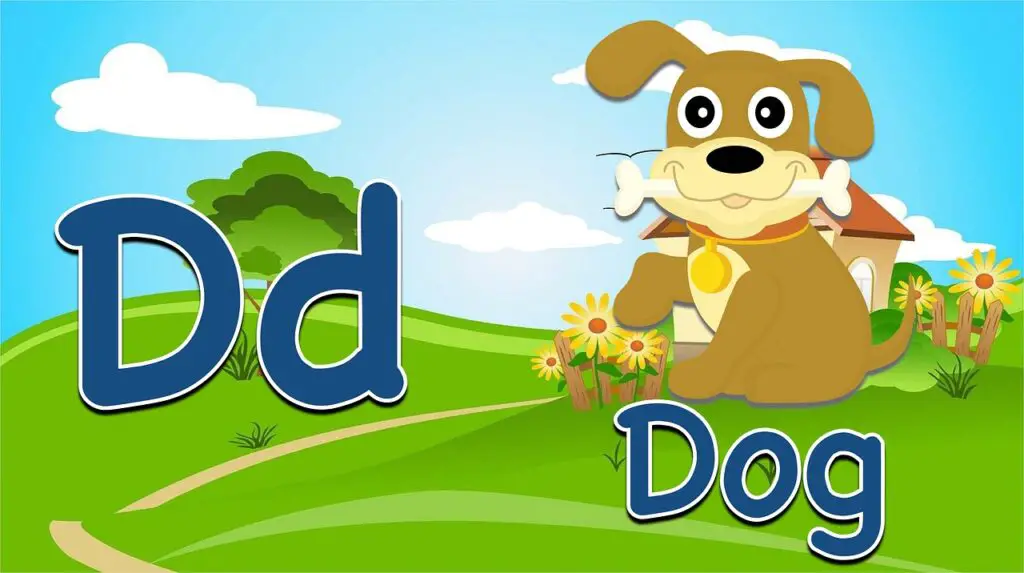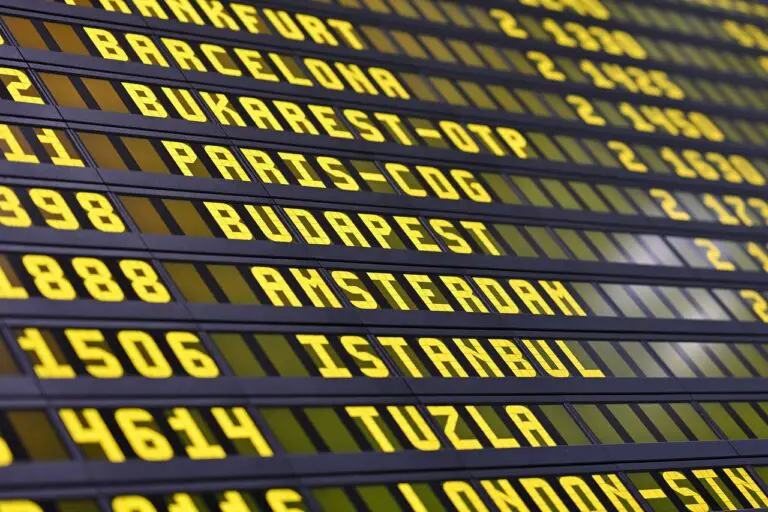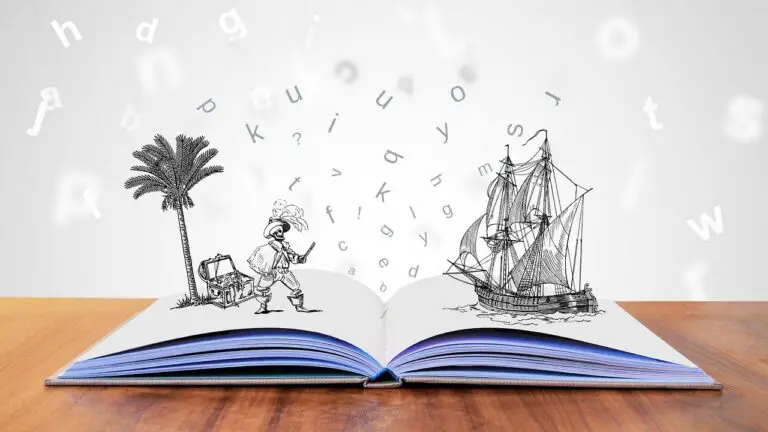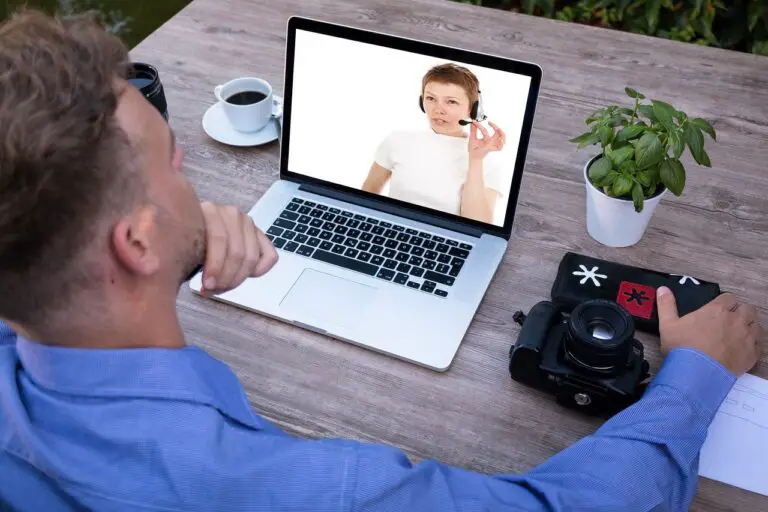Teaching resources are important. While it’s possible to teach EFL/ESL using just a whiteboard and some pens and paper, there’s no doubt that the careful use of certain materials and supplies boosts engagement, allows deeper learning, and saves a lot of time.
But not all resources are created equal. I often find that the cheapest, simplest items provide the same, if not more, value as expensive alternatives.
This list has 9 brilliant things you can buy for your classroom without breaking the bank. All of them can be used in a variety of different ways over many lessons with students of all ages and abilities.
So without further ado, let’s get to the list!
- A4 dry-erase pockets
- Playing cards (standard 52-card deck)
- Beanbags or soft balls
- Storybooks
- Maps and flags
- Flashcards
- Dice
- Board games and party games
- Realia
1. A4 dry-erase pockets
An A4 dry-erase pocket is a clear plastic wallet which you can write on with an erasable marker. You can insert images, worksheets, scorecards, anything on paper, really.
They’re brilliant. I use them in almost every single class, either to write down things myself, or for students to use when drafting sentences, playing games, or drawing pictures.
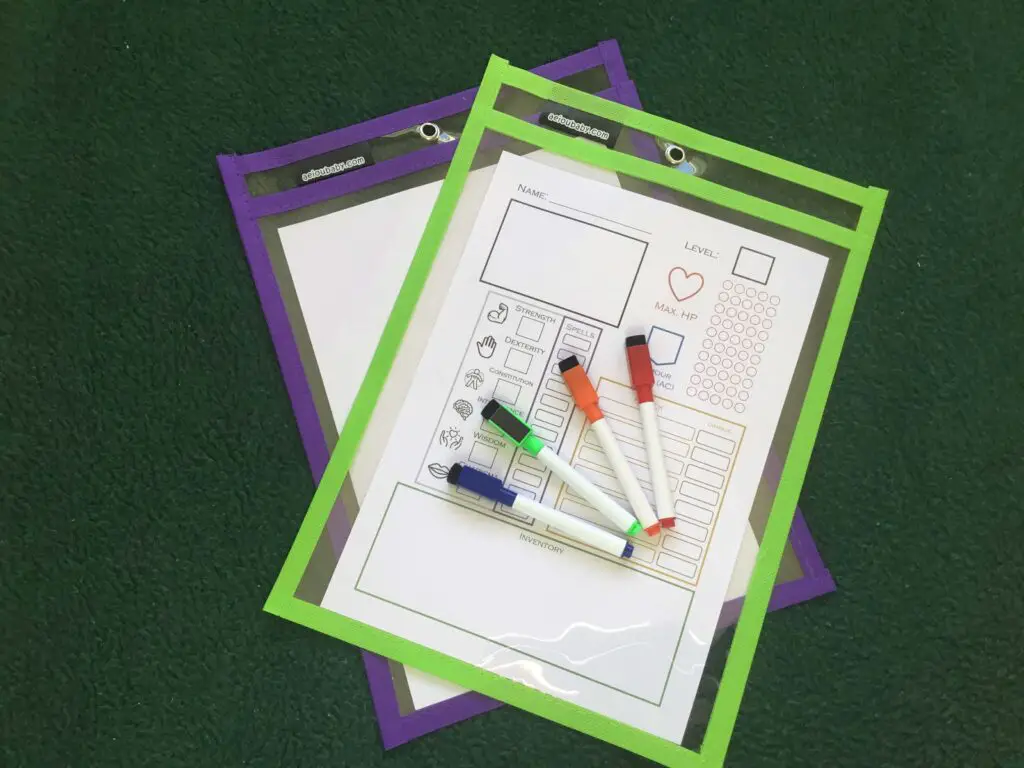
Put a blank sheet of paper inside and you have a lightweight, portable mini-whiteboard. Or hang them up around the classroom with words from the unit displayed, then change them when you move on to another topic.
For me, they’re the single most useful item an EFL/ESL teacher can buy. Most come with a set of dry-erase marker pens, and you can get 10 for around $15. If you teach the same group regularly, you might consider getting one for each student.
Now, there is one small drawback with these. After extended use, they start to look a bit grubby. Young children, especially, tend to press quite hard with the pens. You can clean them with a bit of antibacterial spray, but they don’t last forever.
Still, the amount of use you can get out of each one is well worth the price!
2. Playing cards (standard 52-card deck)
Cheap and versatile, playing cards are a staple of my teaching. Of course, you’d imagine their main purpose is for playing games, but they have a bunch of other uses too.
The deck I bought for one euro has survived two years and has been worth its weight in gold. It’s looking a little battered now, but still gets regular use!
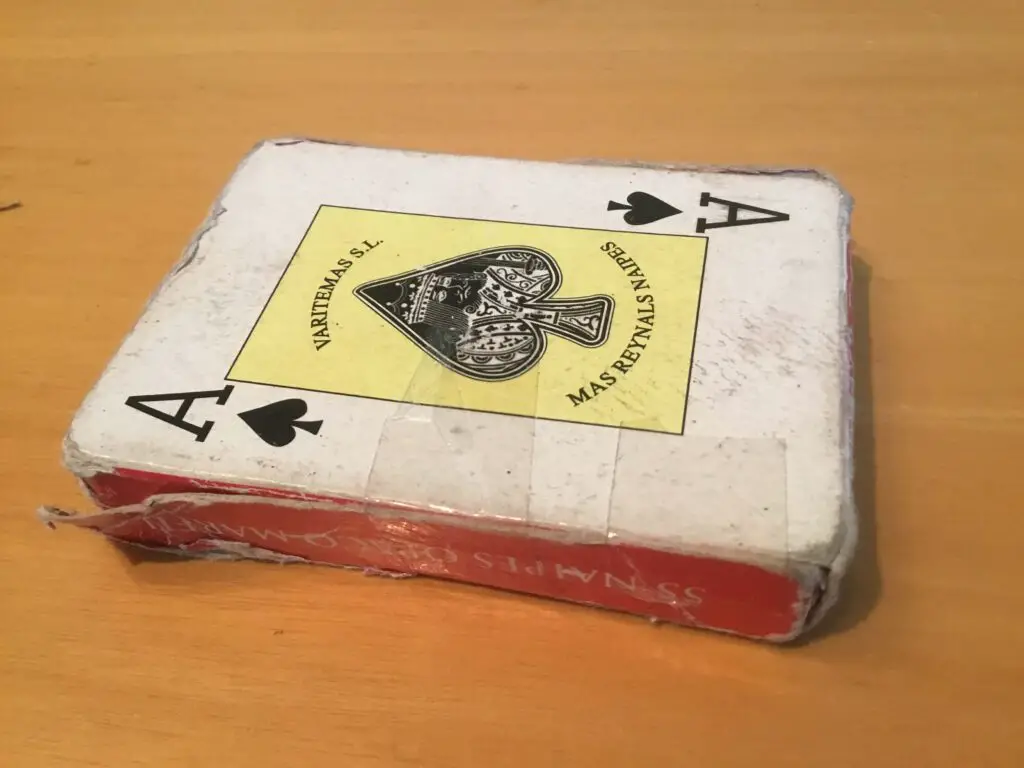
For example, use the cards as a random selection device. Four groups in the class? Assign each a suit and draw a card to determine which group goes first.
Want to practice some listening skills? Show them the instructions of performing a simple magic trick.
Assign each card a word, draw three cards at random and get students to think up a funny story involving those three words.
There are so many ways of using playing cards in your EFL/ESL classes that I wrote an entire article of ideas. You can read it here: 9 Fun EFL/ESL Games & Ideas With Standard Playing Cards.
3. Beanbags or soft balls
Anything small and squishy to throw around would suffice here. Beanbags are a popular option, as are these juggling balls I use.
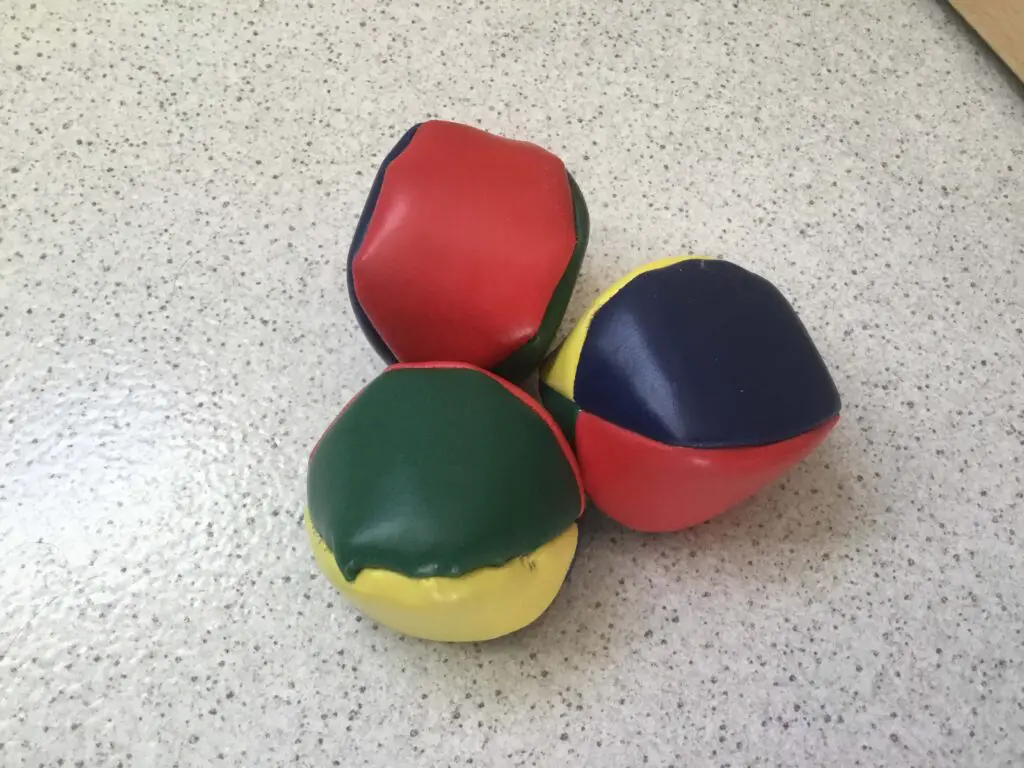
Use them to indicate whose turn it is to speak, for call-and-response activities, and for an endless variety of games.
I much prefer soft balls or beanbags because they’re easy to catch and don’t bounce. That means students are less likely to drop them, and when they do, they won’t bound around the classroom creating distractions or end up hurting anyone.
4. Storybooks
Everyone loves a story. Having said that, storybooks are typically more useful with children. Picture books are a great way of introducing new vocabulary, grammar forms and the sounds of English while keeping students focused with interesting pictures and an engaging story.
With children, you can read to them out loud from a good book, and with teens and adults, they can take the books home and read them in their own time.
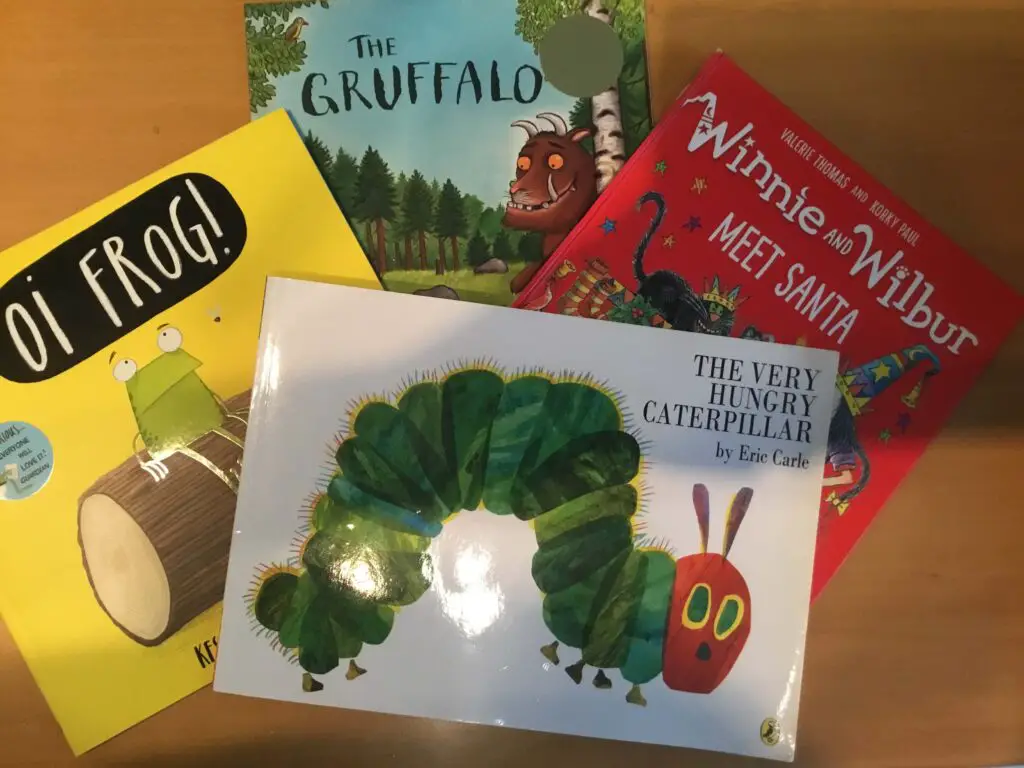
And you don’t have to use the whole book, either. You can take short passages for closer inspection, or get students to analyse the frequency of certain letters or words in a typical story.
The main difficulty with storybooks is finding the right ones for your students. Many are too hard, or don’t match their interests.
There are some great storybooks suitable for most classes. For children, check out my 6 Fantastic Picture Books for EFL/ESL Beginners & Kids and for adults, 9 Superb Novels to Boost Adult EFL/ESL Reading Skills.
5. Maps and flags
You may not be teaching geography, but a map and some flags (or at least pictures of flags) are a great addition to any classroom.
A map of the world is always a great resource. Not only can you use it to refer to anglophone countries, but if you have a group made up of international students, you can use it to mark where they’re from.

Learning the directions of the compass, talking about weather in different parts of the world, where certain sports are popular, international cuisines… there are so many ways you can enhance students’ learning by having a map on hand.
Flags can be fun, too. Use them to learn colours, shapes, symbols, comparing and contrasting, and of course learning about different countries and cultures.
Your students will likely use English to speak to people around the world, so understanding those places is just as important as language.
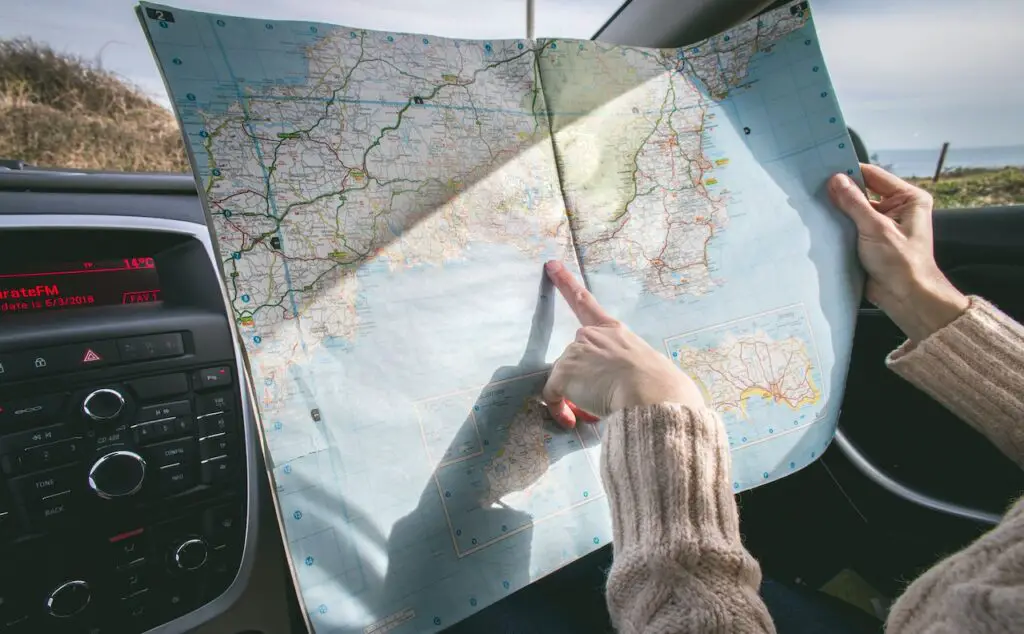
A world map isn’t the end of it, either. A map of the nation with mountain ranges, rivers, and major towns can be used in many ways, as can a detailed map of the local area. Students can learn directions, town services, types of road, etc.
You could even challenge your students to follow instructions and a map to find certain places in the surrounding area in an English photo scavenger hunt.
6. Flashcards
Flashcards are an integral part of most EFL/ESL classes. They’re simple, durable and have a whole variety of different uses.
Initial teaching, drills, vocab games, assessment and review are some of their main functions. They typically have an image on one side and the written word on the other with vocab as the main target, but some focus on phonics, the alphabet or numbers.
You can buy sets of good quality flashcards for different vocab categories or most frequent words.
However, I’m not the biggest fan of these. For some classes, they’re ideal, but they’re often limited to beginner vocabulary, and you can’t customise them to suit the exact needs of your students.
The way I teach vocabulary is less prescriptive and comes from elicitation and organic acquisition, meaning students learn the words most valuable to them. I want to customise or make my own flashcards. You can’t do this with the pre-designed packs.
But I’ve found a solution. It takes a bit of time to set up and doesn’t look quite as professional, but it’s cheaper and more effective in the long run.
You need a bunch of clear plastic wallets (the ones with a perforated side that you can put in a file) of a suitable size. With a big class, you could go for the standard A4 size, but with smaller groups, or individuals, A5 or A6 are better for saving space and printer ink.
Print a sheet with the word and another sheet with the picture. Make the sheets slightly smaller than the size of the plastic wallet. Put them both inside the plastic wallet so they face outwards and tape over the top. There you have it! Your own custom flashcard.
Once you’re done with that vocabulary, you can keep the plastic wallet and replace the word and picture with others.
With larger plastic wallets, the flashcards will be floppy, so if you have any spare card, you can place that inside to give a little support.
For more on how I teach vocabulary in the most effective and efficient way, check out my big guide: Best Method to Improve EFL/ESL Students’ Vocabulary: 9 Steps
7. Dice
Dice of all shapes and sizes are a fun addition to any class. Whether you use them to learn basic numbers, randomly select students, or as part of a game, they’re so small and light, there’s no reason not to have them in the classroom.
Or you could get a big spongy one! These dice are great for kids as they won’t get dropped and lost under the bookshelf, and students love throwing them about.
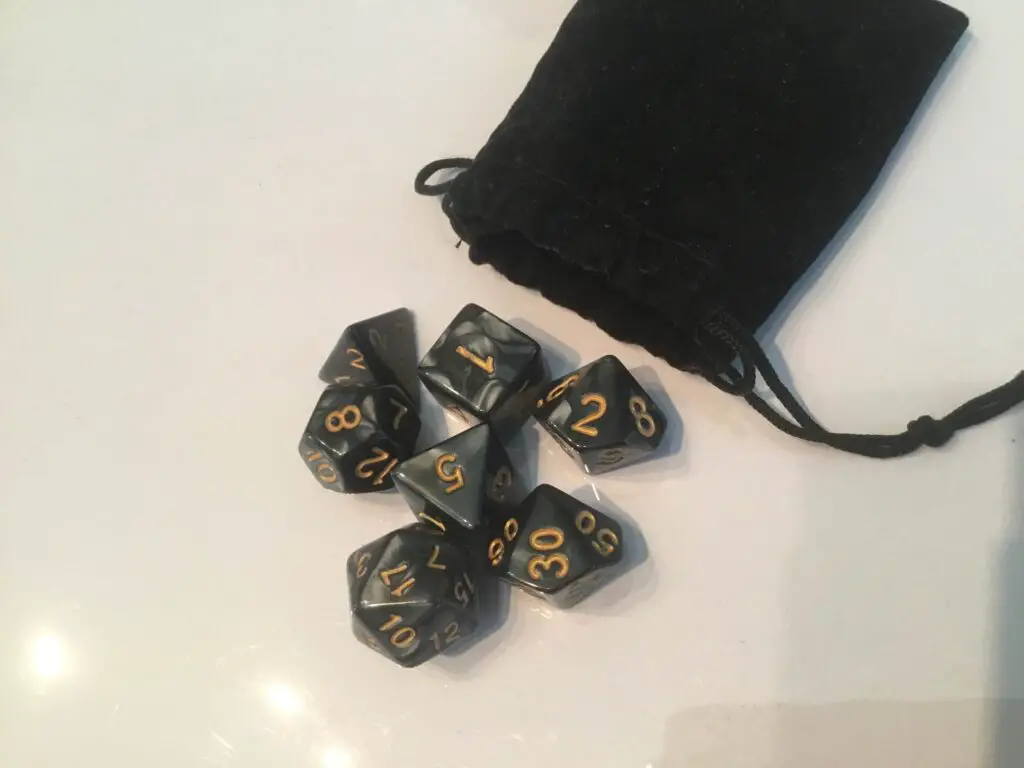
I’m a big fan of role-playing dice. They add a bit of excitement and variability, with different ranges of numbers allowing more possibilities, and my students are fascinated by them.
You can use them to play role-playing games, too! In my private classes, I’ve found tabletop role-playing games like Dungeons & Dragons are a hit (other simpler systems are available, too).
You can teach new vocabulary during exciting exploration, develop speaking fluency as your students speak with characters in the game, and get them learning a huge range of verbs when fighting big bad monsters!
8. Board games and party games
Most EFL/ESL teachers know board games can be a useful addition to the classroom. And many are. But not all are actually that great for improving English.
Monopoly, for example, doesn’t teach that much language, and speaking isn’t a core part of the game. Plus, you can guarantee someone will end the class in a bad mood.
The best board games for teaching English aren’t really board games, because they often don’t have a traditional board with counters that move around. Instead, the core mechanic is conversation and interaction between players.
Some stray into the category of party games, which are also great for speaking practice.
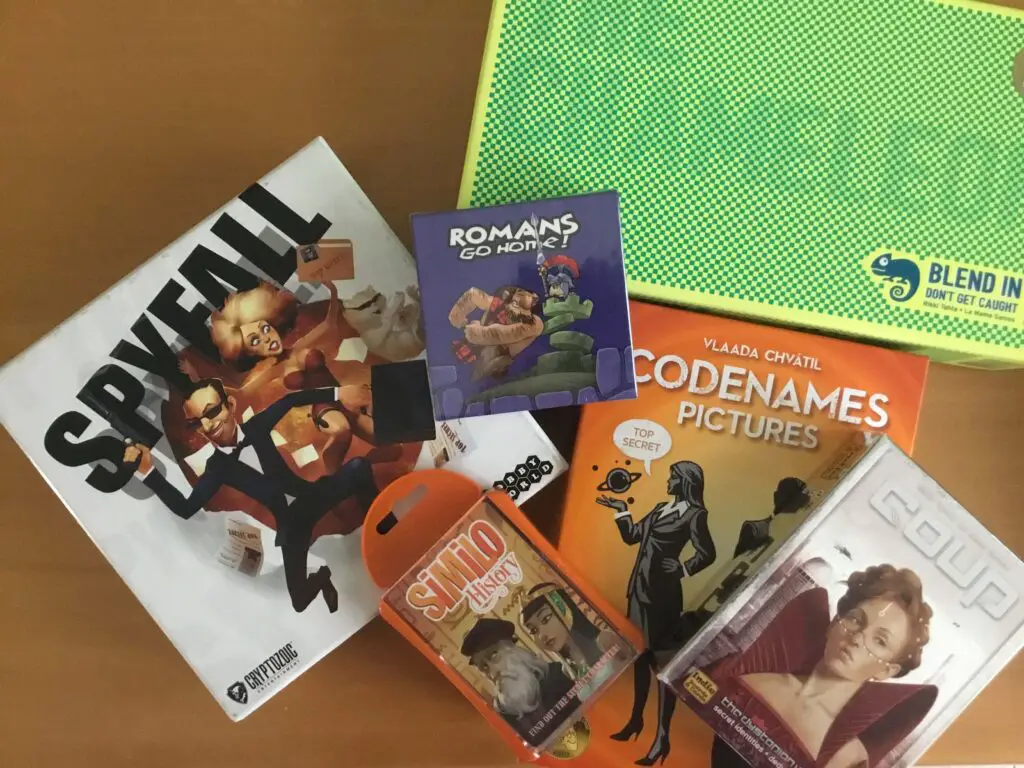
Some of my favourites are: Coup, Spyfall, Chameleon and Similo. Bananagrams is also great for practicing letters and spelling.
There are plenty of other games out there which work in a similar way, and all are reasonably priced. Of course, most aren’t for big groups, so if you have a large class, you may need to rotate who plays or modify the rules a little.
9. Realia
The use of realia (real-life objects, models or toys) is a powerful vocabulary learning method. Being able to touch and interact with the objects while learning how to say them strengthens mental connections and increases engagement.
But I’m not one for going out and buying little plastic toys of every word students will learn. First of all, it’s quite expensive, and second, you won’t get that much use out of them, then they’ll sit in a cupboard only to be thrown away at some point.
But sometimes carefully chosen realia can work wonders without great cost.
Food, for example. You (or students) can bring food items to class to have a look at. Fruit and vegetables are obvious choices, but anything can work, really, and with more advanced students you can inspect labels and learn about nutritional components.
If you bought it to eat, it serves a second purpose as a learning tool. You get double the value!
You can also use things related to your hobbies or interests. Sports equipment, instruments, painting materials, anything you already have. Encourage your students to bring in their own items and talk about them.
There may be times when you think going out and buying something with the sole purpose of using it as realia is worth the expense. But most of the time, you can use what you’ve already got.
Conclusion
If you bought everything on this list (including just one or two of the board games), you can expect to spend less than $100 on average.
For some, that may seem like a lot, especially if you’re an independent contractor or freelancer. But, of course, you don’t have to buy it all. If you think the board games are a bit pricey, just pick up a deck of cards for next to nothing!
Almost everything you buy from this list will last a long time and pay itself back in valuable lessons many times over. I know, because I’ve bought and used them all. Tap in to your creativity as a teacher and you’ll find there are no limits on how you can use these great items.

